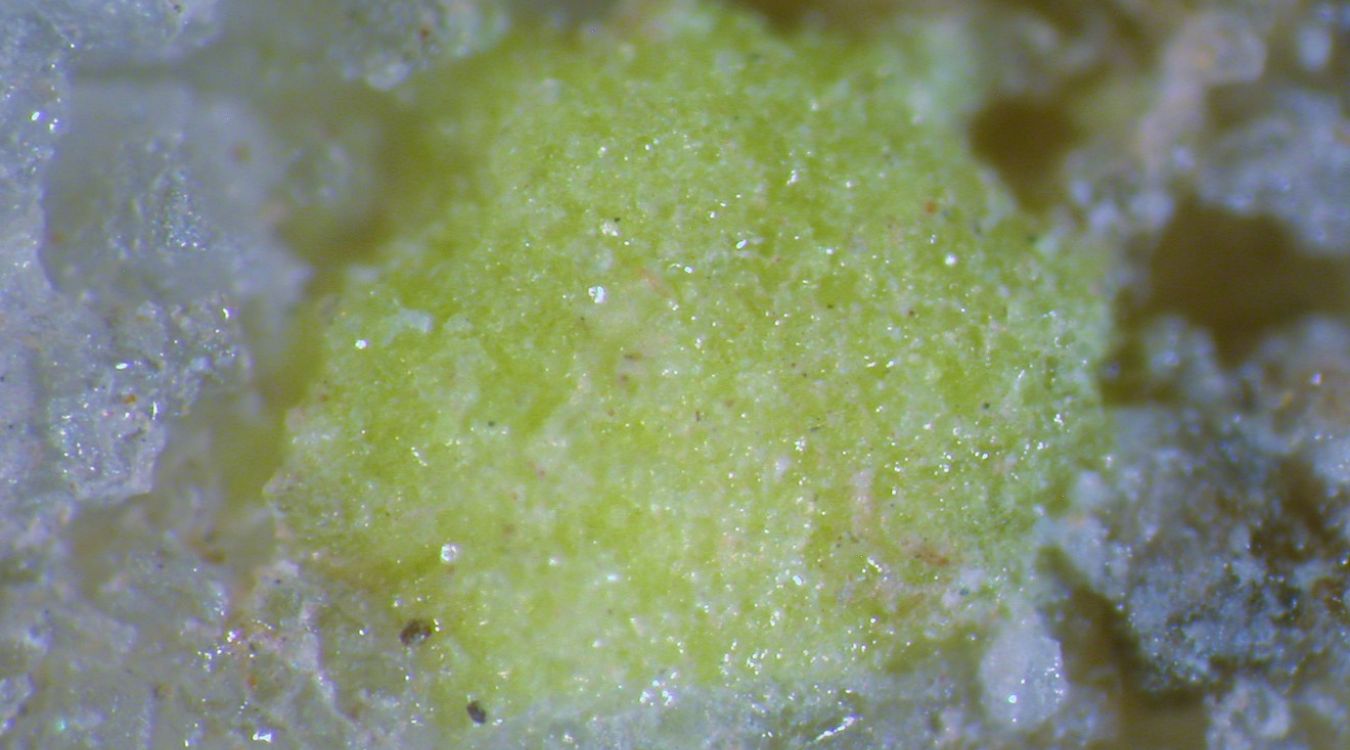
Carlosruizite is a rare mineral that might not be on everyone's radar, but it holds some intriguing secrets. Named after the renowned mineralogist Carlos Ruiz, this mineral has a unique chemical composition and fascinating properties. Found primarily in Chile, it forms in specific geological environments, making it a gem for scientists and collectors alike. Carlosruizite is not just a pretty face; its structure and formation process provide valuable insights into Earth's geological history. Whether you're a budding geologist or just curious about the natural world, these 25 facts about Carlosruizite will surely spark your interest and expand your knowledge.
Key Takeaways:
- Carlosruizite is a rare and delicate mineral with a fascinating history and unique properties. It's prized by scientists and collectors for its rarity and aesthetic appeal, offering insights into geological processes and environmental conditions.
- Found in Mexico and a few other locations, carlosruizite forms in specific environmental conditions and is soluble in water. Its tiny crystals require a microscope for observation, adding to its allure and intrigue in the world of minerals.
What is Carlosruizite?
Carlosruizite is a rare mineral that has piqued the interest of geologists and mineral enthusiasts alike. Its unique properties and limited occurrence make it a fascinating subject of study. Here are some intriguing facts about this mineral.
-
Carlosruizite was first discovered in 1994 in the Santa Eulalia District, Chihuahua, Mexico.
-
The mineral is named after Carlos Ruiz, a Mexican mineralogist who contributed significantly to the study of minerals in Mexico.
-
Carlosruizite has a chemical formula of K6Na21Fe3+2(SO4)12(CO3)4Cl, making it a complex sulfate-carbonate mineral.
-
It belongs to the monoclinic crystal system, which means its crystal structure is characterized by three unequal axes, with one of them inclined.
-
The mineral typically forms as tiny, prismatic crystals that can be transparent to translucent.
Physical Properties of Carlosruizite
Understanding the physical properties of carlosruizite can help in identifying and studying this rare mineral. Here are some key characteristics.
-
Carlosruizite has a Mohs hardness of 2.5, making it relatively soft and easy to scratch.
-
The mineral exhibits a vitreous to pearly luster, giving it a shiny appearance.
-
Its color ranges from colorless to pale yellow, depending on the impurities present.
-
Carlosruizite has a specific gravity of approximately 2.8, which is considered average for minerals.
-
The mineral is soluble in water, which means it can dissolve when exposed to moisture.
Occurrence and Formation
Carlosruizite's rarity is partly due to its specific formation conditions and limited geographical occurrence. Here are some facts about where and how it forms.
-
Carlosruizite is typically found in oxidized zones of lead-zinc ore deposits.
-
The mineral forms as a secondary mineral, meaning it develops from the alteration of primary minerals.
-
It is often associated with other rare minerals like anhydrite, gypsum, and hemimorphite.
-
Besides Mexico, carlosruizite has also been reported in a few other locations, including the USA and Italy.
-
The mineral's formation requires specific environmental conditions, such as the presence of sulfate-rich solutions and carbonate rocks.
Uses and Applications
While carlosruizite is not widely used in commercial applications, it holds value in scientific research and mineral collections. Here are some interesting points about its uses.
-
Carlosruizite is primarily of interest to mineralogists and geologists for research purposes.
-
The mineral's unique composition and structure provide insights into the geological processes that form sulfate-carbonate minerals.
-
Collectors prize carlosruizite for its rarity and aesthetic appeal, making it a sought-after specimen in mineral collections.
-
The study of carlosruizite can help in understanding the environmental conditions of the regions where it is found.
-
Researchers also use carlosruizite to explore the interactions between sulfate and carbonate minerals in natural settings.
Fun Facts about Carlosruizite
Beyond its scientific significance, carlosruizite has some fun and quirky aspects that make it even more interesting. Here are a few fun facts.
-
Carlosruizite crystals are often so small that they require a microscope to be properly observed.
-
The mineral's name is sometimes misspelled as "Carlosruizite," leading to confusion among enthusiasts.
-
Despite its rarity, carlosruizite has been featured in several mineralogical journals and publications.
-
The mineral's discovery in the Santa Eulalia District adds to the region's reputation as a hotspot for rare and unique minerals.
-
Carlosruizite's delicate nature means that handling and preserving specimens require special care to avoid damage.
Final Thoughts on Carlosruizite
Carlosruizite, a rare and fascinating mineral, holds a unique place in the world of geology. Its distinctive chemical composition and crystal structure make it a subject of interest for both amateur rockhounds and professional geologists. Found primarily in the Santa Eulalia Mining District in Mexico, this mineral showcases the incredible diversity of Earth's geological formations.
Understanding carlosruizite's properties helps scientists learn more about the processes that form minerals. Its rarity also makes it a prized specimen for collectors. Whether you're a geology enthusiast or just curious about the natural world, carlosruizite offers a glimpse into the complexity and beauty of minerals.
So next time you come across a mineral collection, keep an eye out for this unique gem. It’s a small but significant piece of our planet’s geological puzzle.
Frequently Asked Questions
Was this page helpful?
Our commitment to delivering trustworthy and engaging content is at the heart of what we do. Each fact on our site is contributed by real users like you, bringing a wealth of diverse insights and information. To ensure the highest standards of accuracy and reliability, our dedicated editors meticulously review each submission. This process guarantees that the facts we share are not only fascinating but also credible. Trust in our commitment to quality and authenticity as you explore and learn with us.


